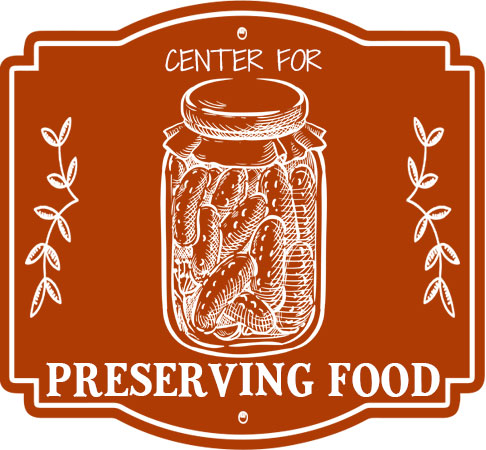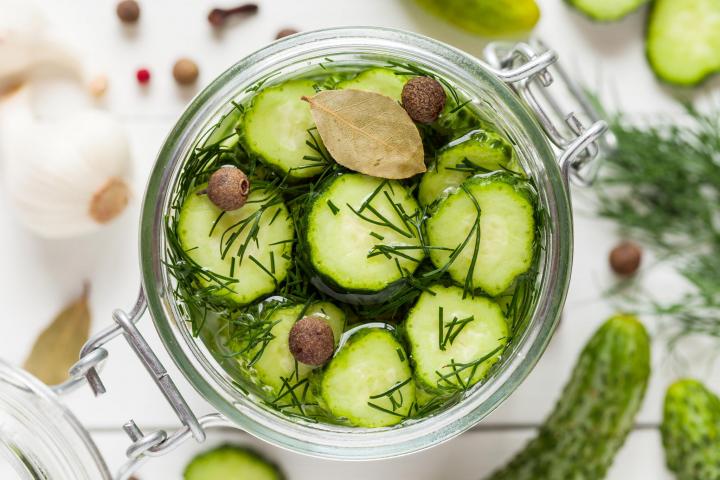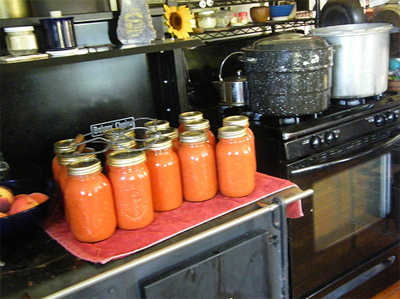
Things to Consider Before Preserving Your Harvest

Introduction to Preserving
Freezing
Making Quick Pickles
Making Quick Jams: Refrigerator or Freezer Jam
Water-Bath Canning
How to Can Tomatoes
How to Can Pickles
How to Can Jam and Jelly
Pressure Canning
Drying
Salting and Brining
ADVERTISEMENT
The reason why people get sick from food borne illness is poor farming practices, the use of pesticides and herbicides and gmo frankenfood. Don't let the CDC, Dept of Ag or the USDA scare you into cooking all of the nutrients out of the veggies you are canning due to poor corporate farming practices.
Amen!! I'm 87 years old and have canned most of my life, using my mother's and my grandmother's recipes and methods. I have never known of a case of food poisoning from canned produce in all that time. Gram canned way before pressure cookers brcame the norm. I remember my mother trying to be "modern" and using one. She went back to the old methods after hers exploded! We cleaned tomato seeds from the kitchen walls for a long time.
How long can you keep home can goods?
I plan on canning fresh Tuna soon. Do you know what adjustment for pressure canner at 4000'?? Thank you. And BTW very good advice about not using 'Granny's ' old recipes and methods!
Here're the instructions you need, Morty. The tables at the end show altitude-adjusted pressure requirements for both dial-gauge and weighted-gauge pressure canners.
Good luck!

 Pickles by Chamille White/Shutterstock.
Pickles by Chamille White/Shutterstock.








Comments